Located in the heart of Nam Dinh city, Pho Minh pagoda - also known as Pho Minh Tu - is one of the rare relics that still preserves almost intact traces of the Tran dynasty.
Over 760 years old, the ancient temple is not only famous for its unique ancient tower and sacred legends, but also an everlasting symbol, closely associated with the heroic history of the nation.
In 2012, the Prime Minister signed a decision to rank Pho Minh Pagoda as a Special National Monument.
The temple is associated with the glorious Tran dynasty.
According to ancient documents, local royal decrees and folk legends, Pho Minh Pagoda was built during the Ly Dynasty and expanded in 1262 under King Tran Thanh Tong.
Pho Minh Pagoda used to be an important religious center of the Tran Dynasty. (Photo: Bich Hang/Vietnam+)
The temple is located to the west of Trung Quang Palace - where the Tran Dynasty's retired emperors retired to live after giving up the throne to their descendants. Today, the temple is located in Loc Vuong commune, Nam Dinh city.
Pho Minh Pagoda used to be an important religious center of the royal court, a place for people to practice, pray and hold major ceremonies such as praying for national peace and prosperity and Buddhist festivals.
King Tran Nhan Tong - the wise king, after becoming a monk and returning to Yen Tu to found the Truc Lam Zen sect, also stopped here many times to propagate Buddhism.
Over the past 8 centuries, despite time and historical changes, the ancient temple still retains its ancient, majestic appearance and the characteristic marks of Buddhist architecture of the Tran Dynasty, becoming a living witness to a prosperous period in the history of the nation.
Unique architecture of the ancient temple
Pho Minh Pagoda has a majestic architectural scale with the main structure consisting of 9 front rooms, 3 incense rooms and the upper hall, arranged in the shape of the letter "Cong."
The front hall of Pho Minh Pagoda. (Photo: Bich Hang/Vietnam+)
The temple's three-door gate is made of wood, with brick walls and an ancient tiled roof. Above the door are four words "Dai Hung Bao Dien." On both sides of the steps are a pair of stone dragons facing the main hall. In front is a screen and the temple yard is shaded by ancient trees.
On both sides of the yard are two steles. The stele on the right has the words “Pho Minh Thien Tu” engraved in the year Mau Than 1668, the stele on the left is “Pho Minh Bao Thap Tu Bi” engraved in the year Binh Thin 1916, showing the continuity of a long history.
Behind the main hall is an 11-room building extending in the shape of the letter “Nhat.” This area includes the ancestral house, the monks’ house, and the shrine, which includes a white stone statue of Lady Mac sitting on a lotus throne, leaning against a background decorated with a halo and the three words “Thuong tich quang.”
In addition, many architectural and carving items of the pagoda still retain the imprint of the delicate sculptural art of the Tran Dynasty.
The 11-room building stretches out in the shape of the letter “Nhat” behind the pagoda. (Photo: Bich Hang/Vietnam+)
Pho Minh Tower - Symbol of Tran Dynasty
The most prominent highlight of the pagoda is Pho Minh tower - a typical Buddhist architectural work built in 1305 under the reign of King Tran Anh Tong to commemorate the retired Emperor Tran Nhan Tong.
During the 1987 restoration, researchers discovered a brick engraved with the words "Hung Long Thap Tam Nien," meaning the 13th year of King Anh Tong's reign (1305) - confirming the year the tower was built in 1305.
Pho Minh Tower is 19.51m high with 14 floors, built in 1305. (Photo: Bich Hang/Vietnam+)
Pho Minh Tower is 19.51m high with 14 floors, built on a square foundation with each side 8.6m long, 0.45m deep into the ground.
The tower is a construction that combines brick and stone materials. While the base and lower floors are built entirely of smooth green stone, the 13 upper floors are built of red bricks.
On the first floor, the bottom of the tower resembles a palanquin carrying all 13 floors of the tower above. The top floor of the tower has a block shaped like an unopened lotus bud made of old baked clay. Each floor has 4 arched doors, between the floors is a cornice.
The first floor of Pho Minh Tower. (Photo: Bich Hang/Vietnam+)
The first floor of the tower is placed on a stone pedestal, with two layers of lotus petals, the lower layer facing down, the upper layer facing up, supporting the square tower, each side is more than 5 meters wide. The pedestal and the first floor have shallow carvings on the stone surface such as flowers, leaves, water waves, and rolling clouds, typical of the decorative style of the Tran Dynasty. The outside of the bricks of the upper floors are decorated with dragons.
At the foot of Pho Minh tower are two large incense sticks (also known as sutra pillars) made of stone, exquisitely crafted in the shape of lotus flowers, further enhancing the ancient beauty of the structure.
Despite the passage of time and war, the tower remains steadfast, retaining almost its original appearance. The image of Pho Minh Tower is printed on the 100-dong Vietnamese banknote.
The top floor of the Tower has a block shaped like an unopened lotus bud made of old terracotta. (Photo: Bich Hang/Vietnam+)
Precious National Treasures
Pho Minh Pagoda is not only a place to worship Buddha but also has a close relationship with Buddha Emperor Tran Nhan Tong - the king who founded the Truc Lam Zen sect, making the pagoda a major religious center of Dai Viet nation.
Currently, the pagoda still preserves a set of statues of Truc Lam Tam To, including a statue of King Tran Nhan Tong entering nirvana in a reclining position, on the left is a statue of Phap Loa (the second Truc Lam Patriarch), on the right is a statue of Huyen Quang (the third Truc Lam Patriarch).
The statue of King Tran Nhan Tong entering nirvana is a National Treasure. (Photo: Bich Hang/Vietnam+)
The statues, dating from the 17th century, made of wood, gilded with gold, still intact, have been recognized as National Treasures under Decision No. 41/QD-TTg dated January 30, 2023.
Another National Treasure is the set of four doors in the middle of the temple's front hall. Each door has a dragon carved into half a Bodhi leaf. When the two middle doors are closed, they form a complete Bodhi leaf; and when the two side doors are closed, they form two symmetrical halves of Bodhi leaves.
Currently, the set of 4 doors at Pho Minh Pagoda is a 1:1 scale version of the original. The original set of 4 doors, including the 2 middle panels, is on display at the National History Museum and the 2 side panels are at the Nam Dinh Provincial Museum.
The elaborate carvings on the four wings in the middle of the front hall - 1:1 version of the National Treasure. (Photo: Bich Hang/Vietnam+)
In addition, Pho Minh Pagoda also owns many precious antiques such as bronze bells, large gongs, ancient Buddha statues, Tran Dynasty reliefs and ancient wells considered sacred water sources in ancient royal ceremonies. In particular, two heritage ebony trees over 300 years old in the pagoda yard with wide-spreading foliage, providing shade, further enhance the solemnity and sacredness of the ancient temple space.
Spiritual space and national historical value
Pho Minh Pagoda is not only a simple Buddhist structure but also an important "core" structure within the overall Thien Truong palace complex of the Tran Dynasty.
Not only is it a unique architectural work, Pho Minh Pagoda is also a special spiritual space, preserving many cultural and historical values. This place is associated with legendary stories and the golden mark of the Tran Dynasty - the dynasty that brought Dai Viet into a period of prosperity and resounding victory over the Yuan-Mongol army.
Pho Minh Pagoda and Tran Temple relic site are major religious and belief centers in the Northern Delta region. Every year, at these two relic sites, a number of ceremonies and festivals with many unique forms of folk cultural activities take place to commemorate and honor the Tran Dynasty.
A heritage tree over 300 years old in the temple grounds. (Photo: Bich Hang/Vietnam+)
Among them, the two most important festivals are the Spring Seal Opening Ceremony and the August Festival commemorating the death anniversary of national hero Tran Hung Dao. Both festivals attract a large number of people from all over the country to offer incense, pay tribute and commemorate their ancestors, contributing to enriching the spiritual cultural picture of the Northern Delta region.
On normal days of the year, Pho Minh ancient pagoda is also a sacred destination, attracting a large number of tourists and Buddhists from all over to come and worship, enjoy the beauty of the nearly 800-year-old relic and calm their souls in the quiet, ancient space./.
(Vietnam+)
Source: https://www.vietnamplus.vn/chua-thap-pho-minh-gan-8-the-ky-luu-dau-vang-son-trieu-tran-post1040823.vnp


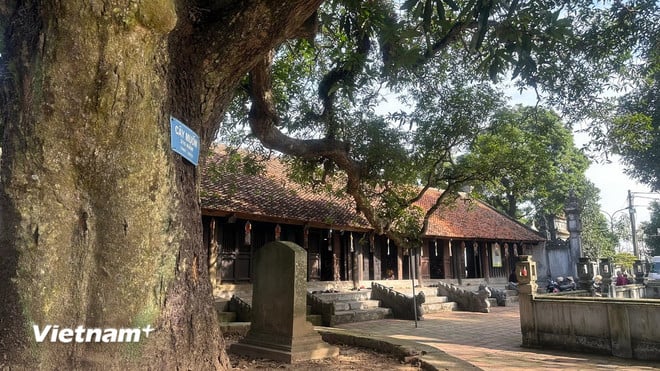

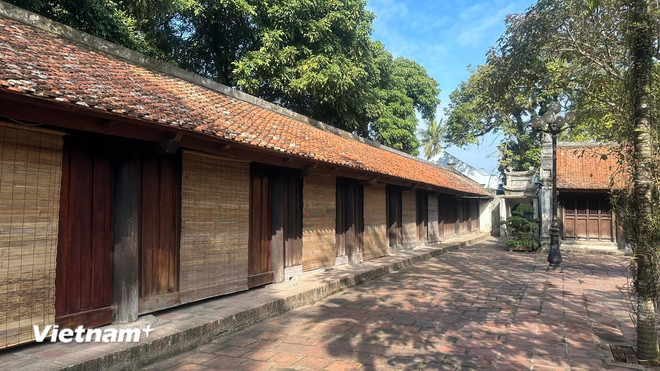
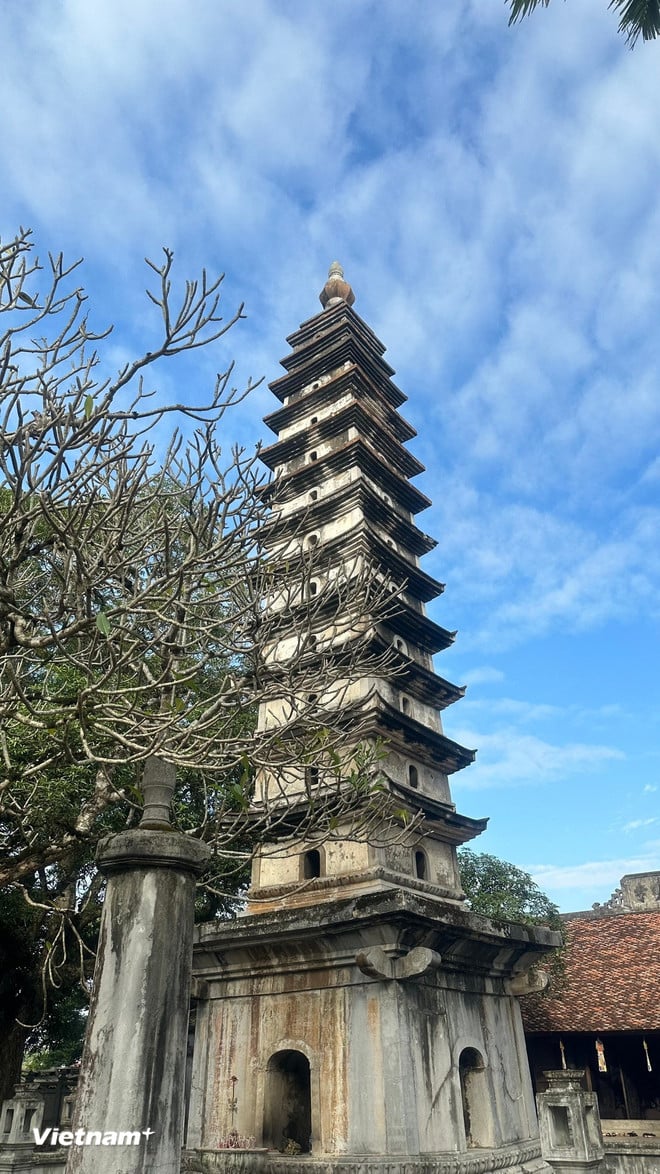
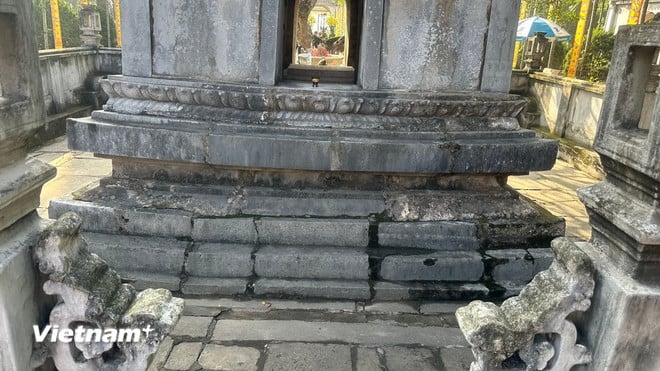
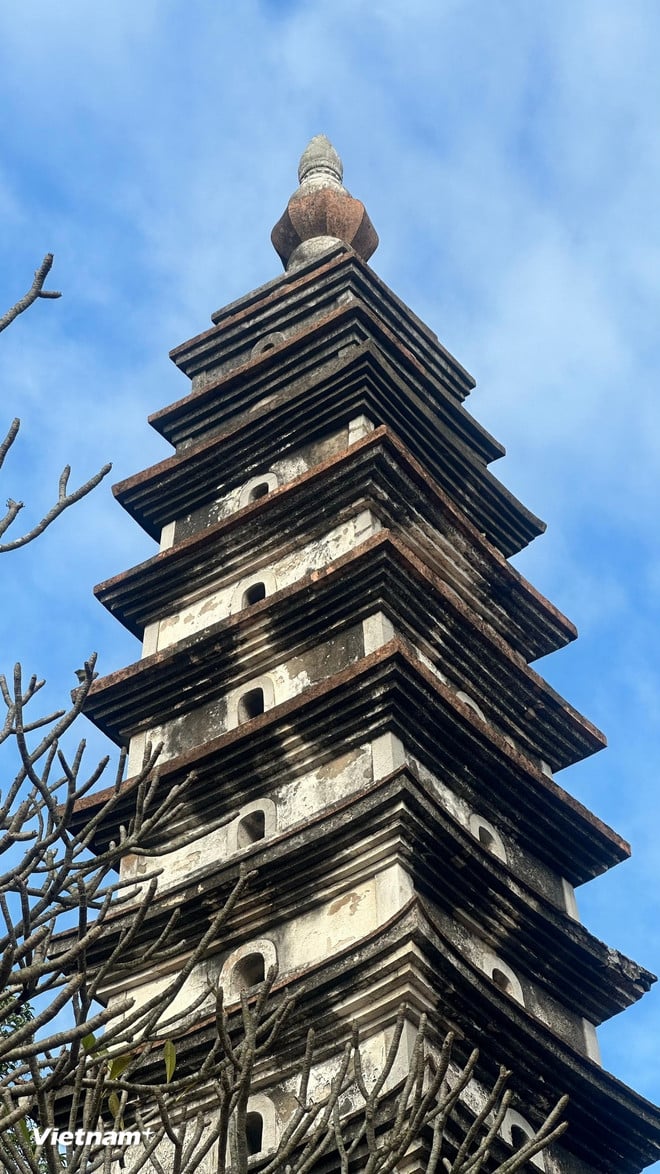
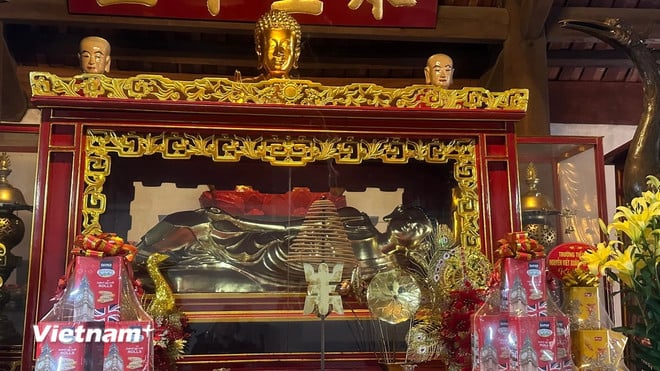
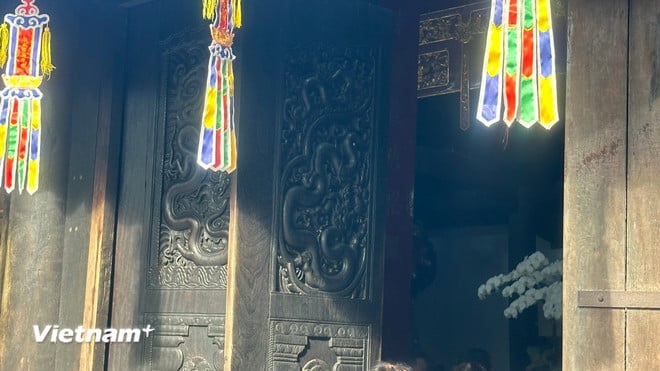
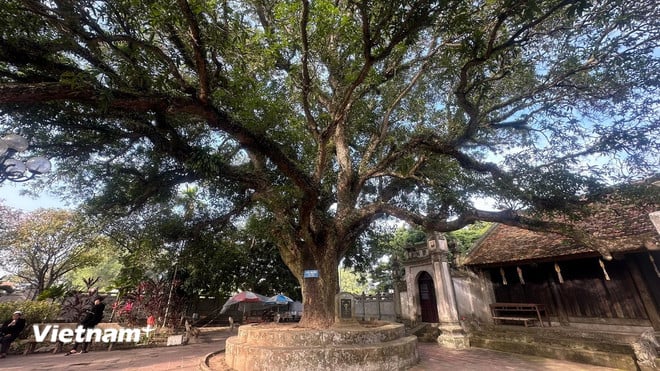
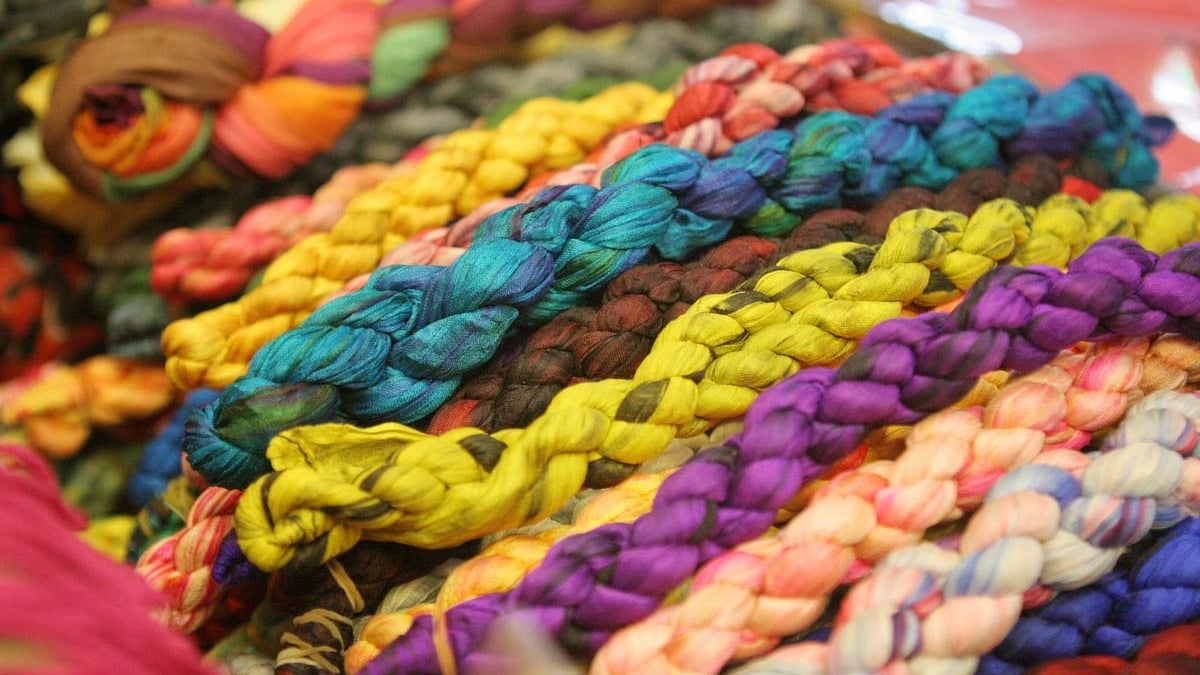






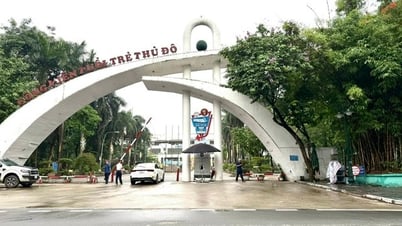












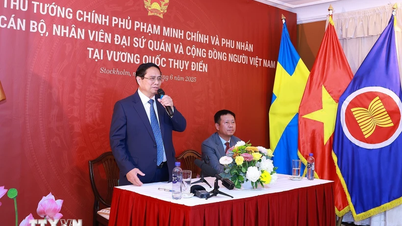





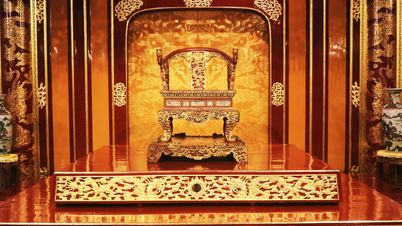

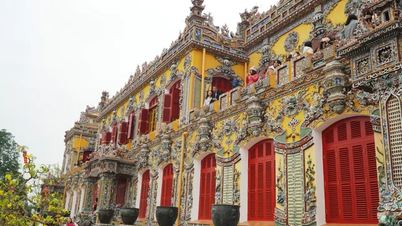



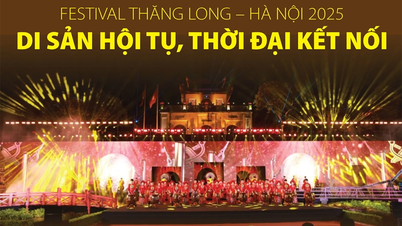

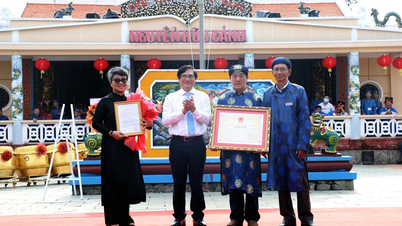

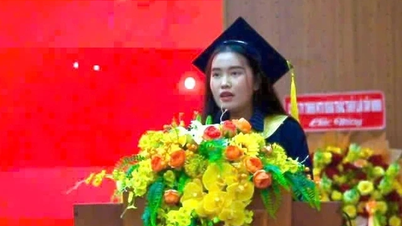

















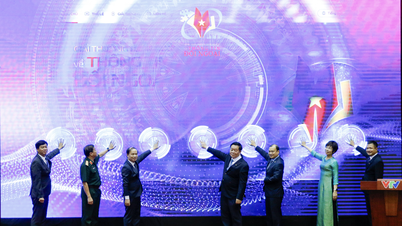


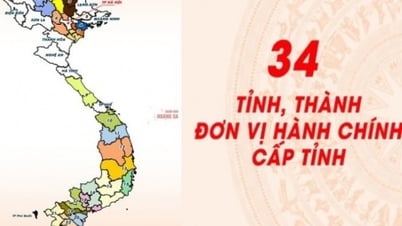














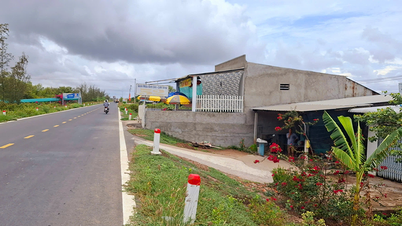

















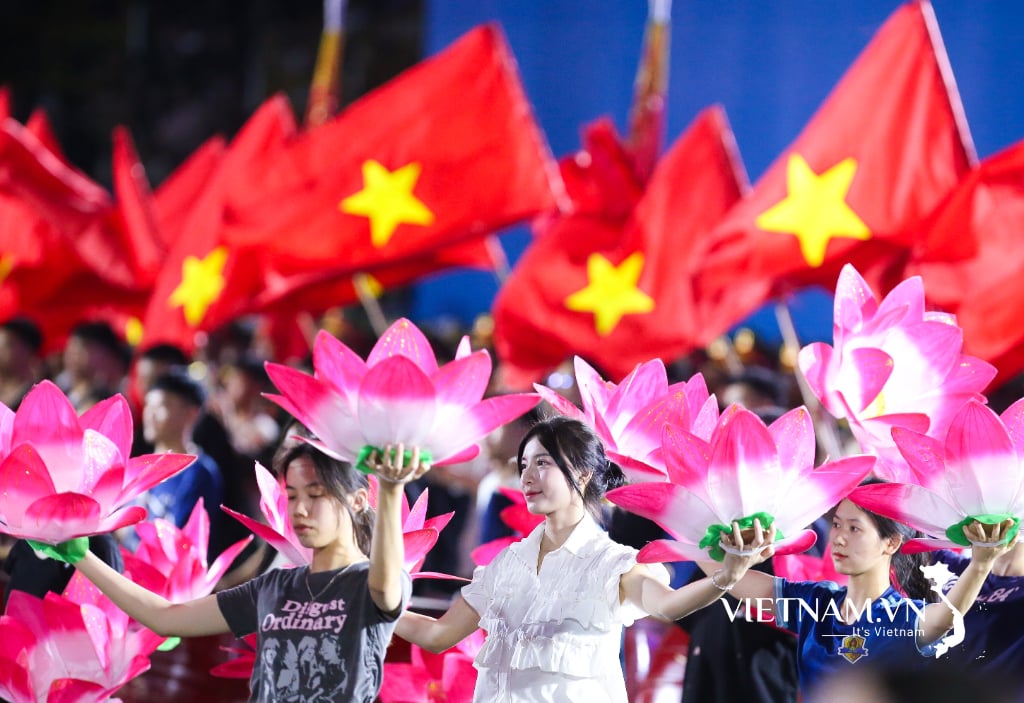
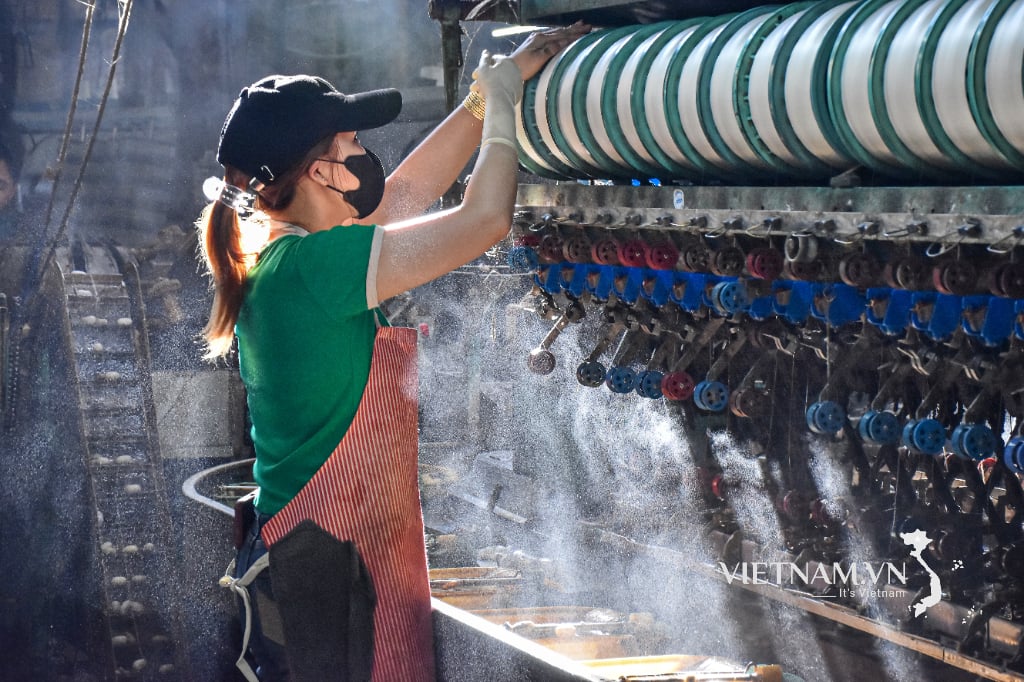

Comment (0)